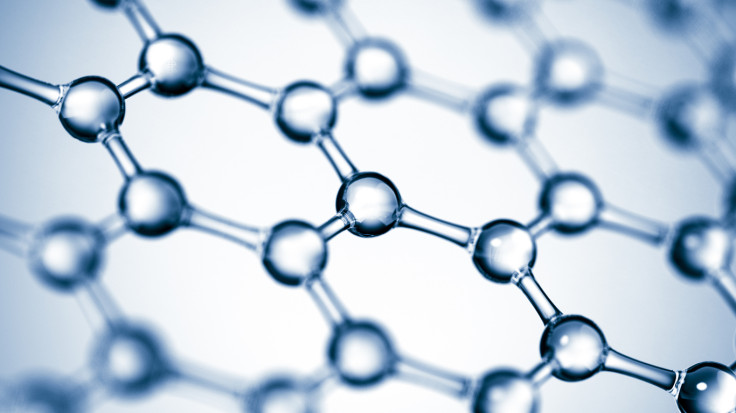Chinese scientists discover a way to create powerful supercapacitors from dried, fallen leaves
The capacitors are said to be 3 times more efficient than graphene supercapacitors.

A research team in Qilu University of Technology, China, has devised a new type of supercapacitor material out of dried leaves that is three times higher in capacity than some graphene supercapacitors.
This development could mean higher energy storage from supercapacitors as well as a way to make use of fallen leaves during autumn that are normally burnt in the region. The material that was made from the leaves of phoenix trees had, according to researchers, specific capacitances– the ability to store a charge – of 367 Farads/gram.
In comparison, graphene supercapacitors have specific capacitances of around 100 Farads/gram, according to the Graphene Council, a global community of producers and users of the material.
While the team, led by Hongfang Ma, attempted to recreate the same effect with several vegetable and agricultural wastes, they found that it worked best with dried and fallen leaves specifically from phoenix trees that are abundant in northern China.
The process used by the team to create the supercapacitive carbon starts with grinding dead, dried leaves into a powder and then heated to 220 degrees Celsius for 12 hours. Doing this produced what the team calls a powder of carbon microspheres which are later treated with potassium hydroxide and heated with temperatures ranging from 400 degrees to 800 degrees Celsius.
Once this chemical and heat treatment is done, it was found that the microspheres' surface gets eroded and gives way to tiny pores, largely increasing the surface area of each individual sphere.
As a rule of thumb, the higher the surface area of a capacitative material, the higher its specific capacitance, says the Graphene Council.
There is a growing need for high capacity batteries that can hold power better while also charging faster. Supercapacitors capable of doing both are touted to be the next stage in battery evolution, according to Science Daily.
The main difference between normal capacitors and supercapacitors is how quickly they accept and release charges. Supercapacitors can also be up to 100 times more efficient than ordinary capacitors. A power storage solution based on supercapacitors can be charged in minutes, while regular batteries can take hours. It presents a potential breakthrough for electronics that use batteries to power them, which is a major chunk of the consumer electronics market as of now.
© Copyright IBTimes 2025. All rights reserved.





















